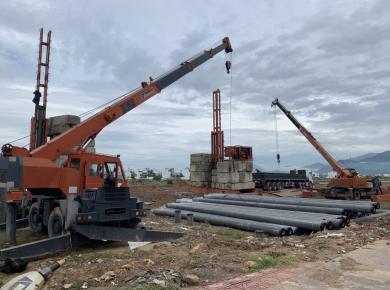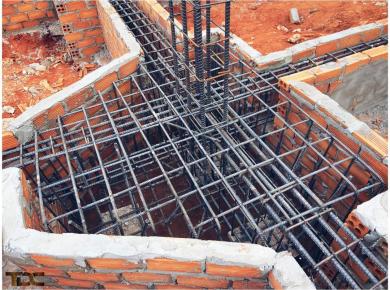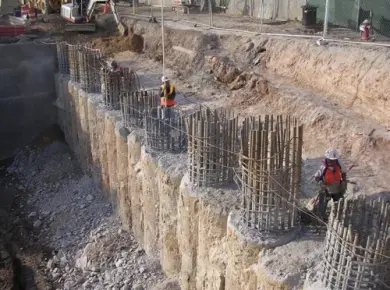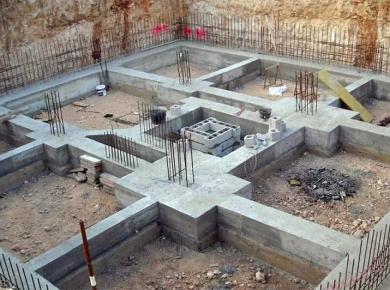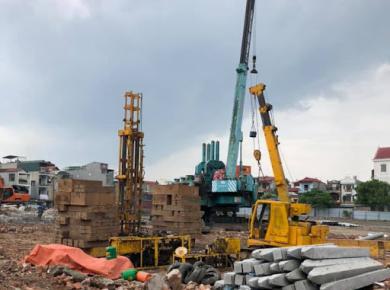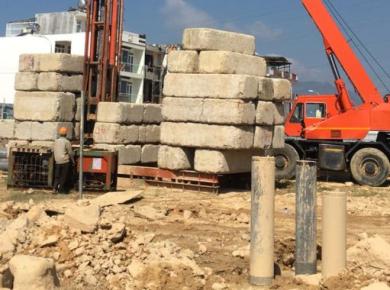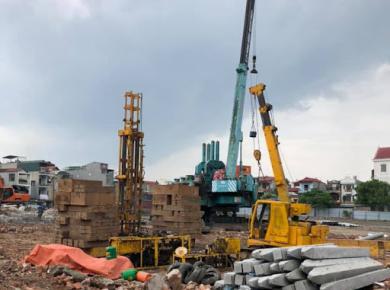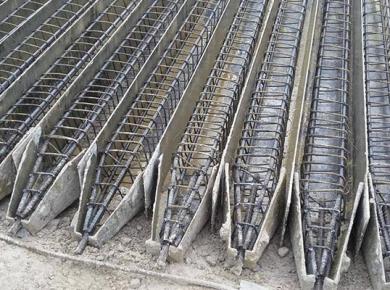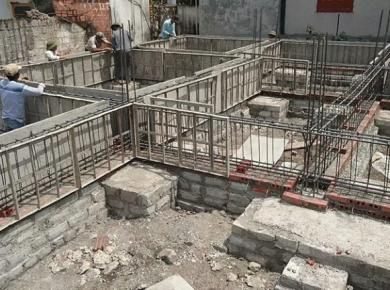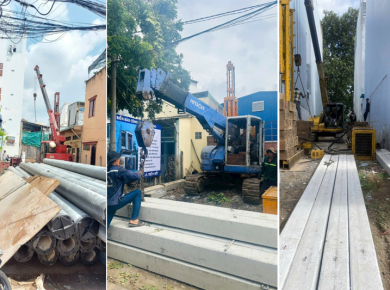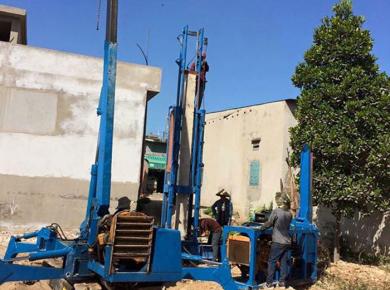Centrifugal pile pressing is one of the most commonly used foundation methods in modern construction. Due to its high durability and excellent load-bearing capacity, this method is widely applied in residential buildings, industrial projects, bridges, and high-rise constructions.
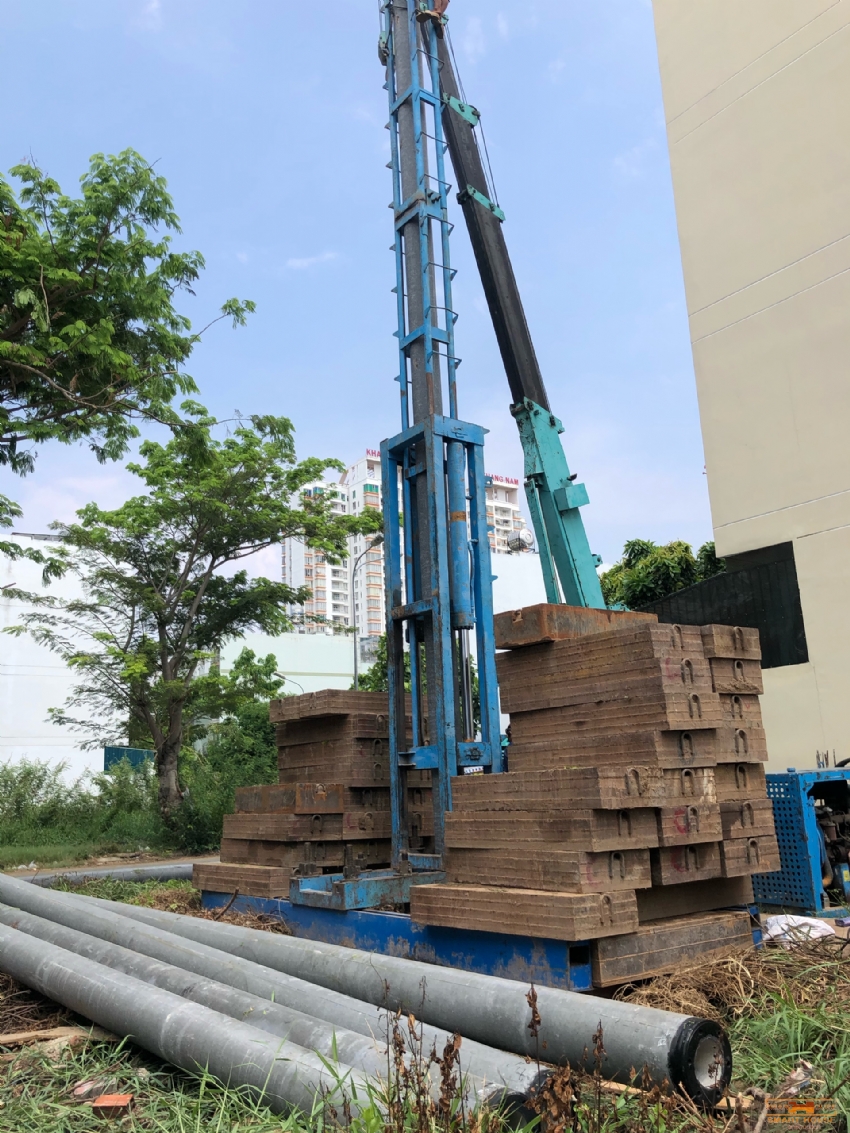
Centrifugal piles are produced using a spinning process, ensuring high-density concrete, smooth surfaces, and superior strength compared to conventional concrete piles. This article will provide in-depth insights into the process, advantages, and applications of centrifugal pile pressing.
2. What Is Centrifugal Pile Pressing?
Centrifugal piles are prestressed concrete piles manufactured using a centrifugal spinning technique, which removes air bubbles and increases concrete density. As a result, these piles are stronger, more uniform, and longer-lasting than traditional cast-in-place piles.
Types of Centrifugal Piles
Currently, two main types of centrifugal piles are commonly used:
- Standard centrifugal piles: Used for residential and low-rise construction.
- Prestressed centrifugal piles: Ideal for high-rise buildings, bridges, ports, and industrial projects due to their higher load-bearing capacity.
3. Advantages of Centrifugal Pile Pressing
3.1. High Durability and Load Capacity
Thanks to the spinning process, the concrete in centrifugal piles achieves a higher density and compressive strength, often reaching 60 MPa or more, allowing them to support heavier loads.
3.2. Reduced Cracking and Deformation
Centrifugal piles have better flexibility, minimizing cracking or breaking during transportation and installation. This significantly reduces repair and replacement costs.
3.3. Suitable for Harsh Conditions
With a highly compacted structure, centrifugal piles perform well even in weak soil conditions, coastal areas, and complex terrains.
3.4. Cost and Time Efficiency
Using prestressed centrifugal piles reduces the number of piles needed, cutting down on construction costs while ensuring optimal structural integrity.
4. Centrifugal Pile Pressing Process
To ensure a strong and stable foundation, the centrifugal pile pressing process must follow these key steps:
4.1. Soil Investigation
Before pile installation, a thorough geotechnical survey is conducted to determine soil depth, strength, and composition. This step is crucial for selecting the appropriate pile type and pressing method.
4.2. Site Preparation
- Clearing the construction area and ensuring a suitable workspace.
- Inspecting pile quality to ensure standard dimensions and crack-free piles.
4.3. Pile Pressing Execution
There are two main pile pressing methods:
- Hydraulic pressing: Uses hydraulic force to press piles into the ground, ideal for residential and low-rise projects.
- Vibratory hammer pressing: Utilizes a high-frequency vibratory hammer to drive piles into the soil, commonly used in bridges, ports, and large-scale projects.
4.4. Post-Pressing Inspection
Once the pressing process is completed, engineers verify the depth and stability of each pile, ensuring they meet structural requirements.
5. Applications of Centrifugal Pile Pressing
5.1. Residential Buildings
Centrifugal pile pressing reinforces foundations for homes, villas, and townhouses, especially on soft or weak soil.
5.2. High-Rise Buildings
With their superior load-bearing capacity, these piles are widely used in apartments, office buildings, and commercial skyscrapers.
5.3. Bridges and Infrastructure
Prestressed centrifugal piles are extensively used in bridges, highways, ports, and embankments, ensuring structural stability in demanding conditions.
6. Latest Centrifugal Pile Pressing Cost Estimates
6.1. Factors Affecting Pile Pressing Costs
Several factors influence the total cost of centrifugal pile pressing:
- Pile size: Larger-diameter piles are more expensive.
- Pile type: Prestressed piles cost more than standard piles.
- Depth requirement: Deeper pile installations result in higher costs.
- Pressing method: Hydraulic pressing is generally more affordable than vibratory hammer pressing.
6.2. Estimated Price Table
| Pile Type | Size (mm) | Price (VND/m) |
|---|---|---|
| Standard Centrifugal Pile | 300 | 250,000 – 350,000 |
| Standard Centrifugal Pile | 400 | 350,000 – 450,000 |
| Prestressed Centrifugal Pile | 300 | 400,000 – 500,000 |
| Prestressed Centrifugal Pile | 400 | 500,000 – 600,000 |
Note: Prices may vary based on project location and site conditions.
7. Trusted Centrifugal Pile Pressing Service Provider
If you're looking for a professional and cost-effective pile pressing service, contact PHƯƠNG GIA FOUNDATION CO., LTD. We guarantee: ✔ High-quality piles that meet industry standards
✔ Fast and reliable execution
✔ Long-term warranty for lasting durability
📞 Call us now Hotline: 0948952024 - 0824 255 585 for a free consultation!
8. Conclusion
Centrifugal pile pressing is the optimal solution for achieving a stable and durable foundation. Thanks to its numerous benefits, this method is widely preferred by developers and contractors. If you're planning a construction project, choosing a reliable pile pressing service provider is crucial to ensuring structural integrity and cost efficiency.
We hope this article has provided you with valuable insights into centrifugal pile pressing. If you have any questions, feel free to comment below or contact us for expert advice



